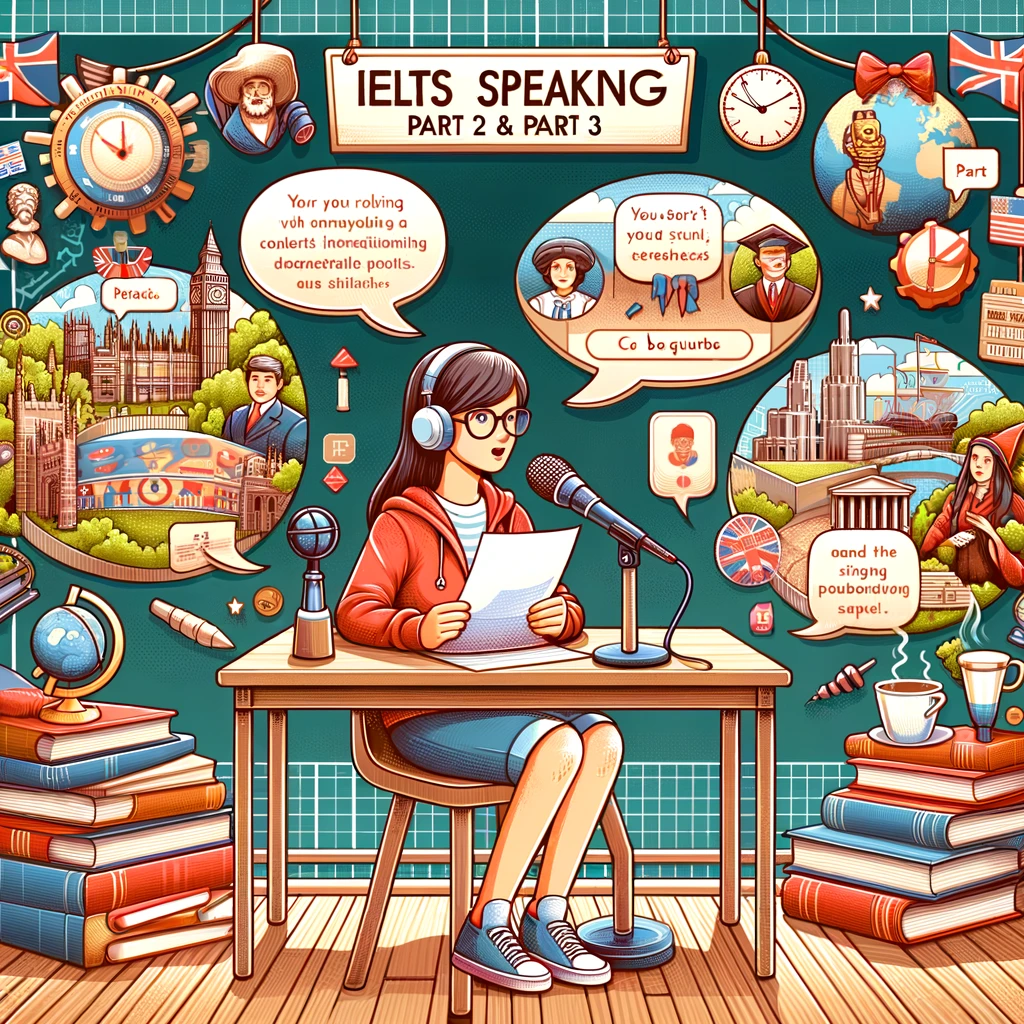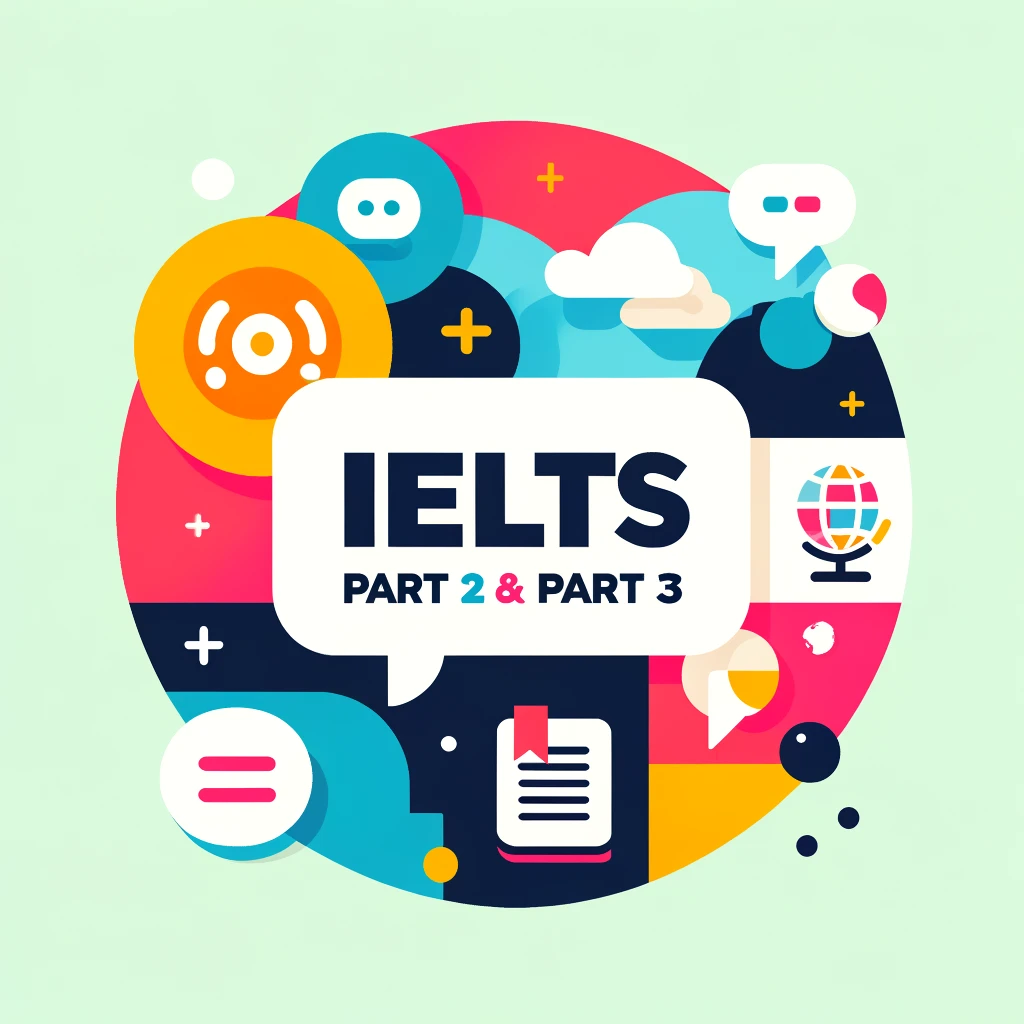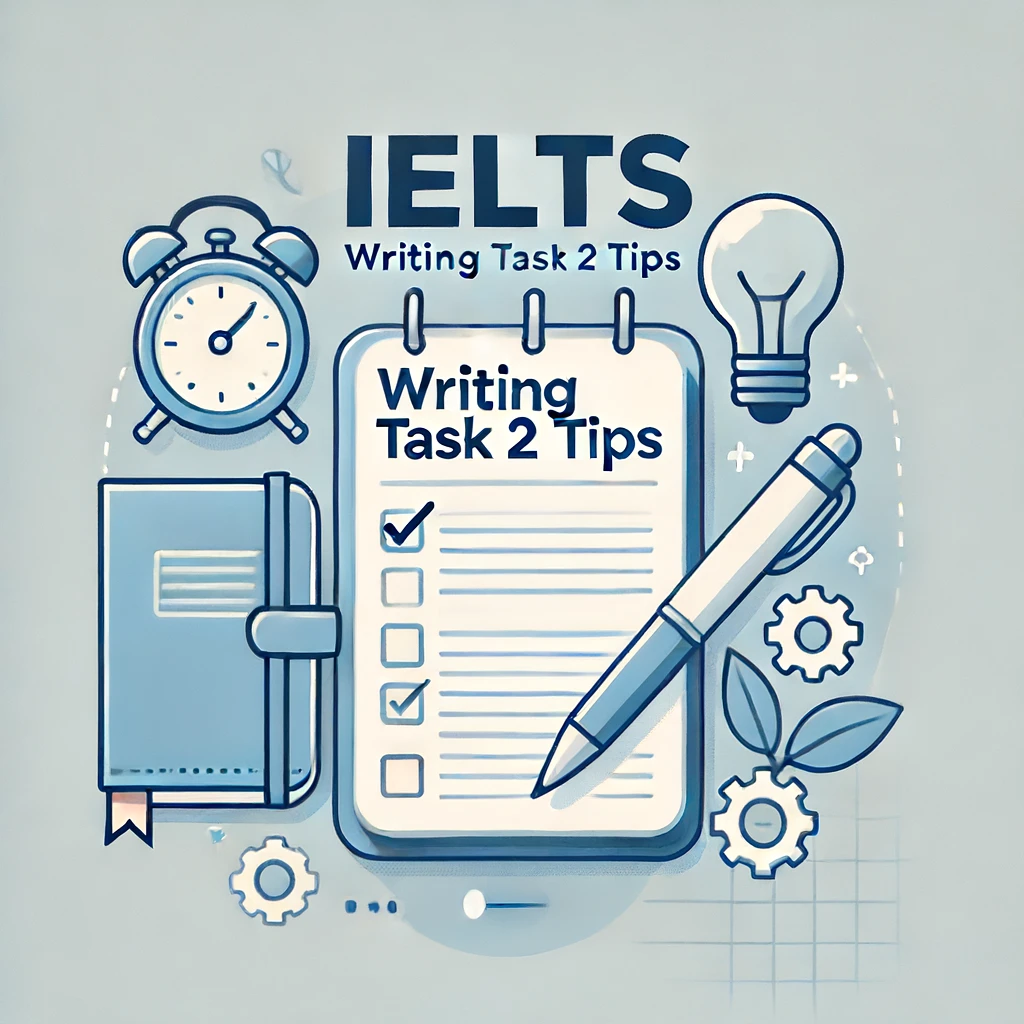Version 1
The arts, encompassing painters, musicians, and poets, are often seen as a reflection of cultural heritage and societal values. While some argue that government financial support for artists is essential, others believe that such funding should come from private sources. This essay will explore the reasons why government support is crucial for the arts and why I strongly agree with this perspective.
Firstly, government funding can provide artists with the financial stability necessary to pursue their creative endeavors. Unlike commercial enterprises, artistic projects often do not generate immediate or substantial profits, making it difficult for artists to sustain themselves without external support. For instance, many renowned artists, such as Vincent van Gogh, struggled financially during their lifetimes. Government grants and subsidies can alleviate these financial burdens, allowing artists to focus on their work without the constant worry of economic survival.
Secondly, supporting the arts through government funding promotes cultural enrichment and societal well-being. Art in all its forms enhances the quality of life, offering people a means to express themselves, explore new ideas, and connect with others on a deeper level. For example, public funding for music programs in schools has been shown to improve students’ academic performance and social skills. By investing in the arts, governments can foster a more educated, empathetic, and culturally aware society.
Furthermore, government support for the arts can lead to significant economic benefits. Cultural tourism, driven by museums, galleries, and performances, attracts visitors from around the world, boosting local economies. Cities like Paris and New York, known for their vibrant arts scenes, benefit immensely from the influx of tourists seeking cultural experiences. By funding artists, governments can stimulate economic growth and create job opportunities in related sectors, such as hospitality and retail.
In conclusion, government financial support for artists is essential for providing them with the stability to create, enriching society culturally, and driving economic growth. While private funding also plays a role, it is the responsibility of governments to ensure that the arts continue to thrive for the benefit of all. Therefore, I strongly agree that artists should receive financial support from the government.
—
Glossary for Band 9 Vocabulary
1. Encompassing: Including or covering a wide range of subjects or areas.
2. Cultural heritage: The legacy of physical artifacts and intangible attributes of a group or society inherited from past generations.
3. Perspective: A particular attitude towards or way of regarding something; a point of view.
4. Financial stability: The ability to maintain a steady income or capital to support oneself.
5. Creative endeavors: Activities that involve the use of imagination and original ideas, especially in the production of artistic work.
6. Commercial enterprises: Businesses or companies that aim to make a profit.
7. Renowned: Known or talked about by many people; famous.
8. Grants and subsidies: Financial aid provided by the government to support specific activities or industries.
9. Alleviate: To make something less severe or intense.
10. Economic survival: The ability to maintain financial viability.
11. Cultural enrichment: The process of improving the quality of life through exposure to the arts and culture.
12. Societal well-being: The overall happiness, health, and prosperity of a society.
13. Empathetic: The ability to understand and share the feelings of others.
14. Culturally aware: Being knowledgeable about and respectful of different cultures and their practices.
15. Cultural tourism: Tourism that focuses on experiencing the culture of a place, including its arts, history, and lifestyle.
16. Stimulate economic growth: To encourage the development and expansion of the economy.
17. Influx: An arrival or entry of large numbers of people or things.
18. Vibrant: Full of energy and life.
19. Thrive: To grow or develop well or vigorously.
Version 2
Some people believe that government should support artists (such as painters, musicians, and poets) financially. To what extent do you agree or disagree with this opinion?
Artistic endeavors, including those by painters, musicians, and poets, are fundamental to a society’s cultural fabric. While there is debate over whether the government should provide financial support to these artists, I firmly believe that such support is necessary. This essay will discuss how government funding can enhance artistic innovation, ensure cultural preservation, and support artists in reaching a broader audience.
To begin with, government funding plays a pivotal role in fostering artistic innovation. Without financial constraints, artists can experiment with new forms and techniques, leading to groundbreaking work that might otherwise remain unexplored. For example, many experimental art projects, which push the boundaries of traditional mediums, often rely on grants and subsidies. By providing financial aid, governments can encourage a thriving and dynamic arts scene that continuously evolves and inspires.
Moreover, government support is essential for the preservation of cultural heritage. Traditional art forms, which are often at risk of being forgotten, can be maintained and promoted through targeted funding. For instance, indigenous music and dance, which are integral to a community’s identity, can be kept alive through government-sponsored programs. This not only preserves the cultural diversity of a nation but also educates future generations about their heritage, fostering a sense of pride and continuity.
Additionally, government funding can help artists reach a wider audience, democratizing access to the arts. Public funding can support initiatives like free exhibitions, concerts, and workshops, making art accessible to all, regardless of socio-economic status. For example, many community arts programs, funded by government grants, provide free or low-cost opportunities for people to engage with the arts. This inclusivity ensures that everyone can benefit from the enrichment that the arts provide, promoting social cohesion and mutual understanding.
In conclusion, government financial support for artists is crucial for fostering innovation, preserving cultural heritage, and ensuring broad access to the arts. While private funding is also valuable, it is the government’s responsibility to ensure that the arts thrive and remain an integral part of society. Therefore, I strongly support the idea that artists should receive financial assistance from the government.
—
Glossary for Band 9 Vocabulary
1. Artistic endeavors: Activities involving the creation of art.
2. Cultural fabric: The cultural characteristics and attributes that make up a society.
3. Fundamental: Forming a necessary base or core; of central importance.
4. Pivotal: Of crucial importance in relation to the development or success of something else.
5. Innovation: The introduction of new ideas, methods, or products.
6. Constraints: Limitations or restrictions.
7. Groundbreaking: Introducing new ideas or methods; innovative.
8. Subsidies: Financial support provided to help an organization or industry.
9. Dynamic: Characterized by constant change, activity, or progress.
10. Cultural heritage: The traditions, values, and artifacts handed down by previous generations.
11. Traditional art forms: Established methods of artistic expression that are characteristic of a specific culture or society.
12. Indigenous: Originating or occurring naturally in a particular place; native.
13. Cultural diversity: The existence of a variety of cultural or ethnic groups within a society.
14. Democratizing: Making something accessible to everyone.
15. Socio-economic status: A person’s economic and social position in relation to others, based on income, education, and occupation.
16. Inclusivity: The practice or policy of including people who might otherwise be excluded or marginalized.
17. Social cohesion: The bonds that bring society together; the willingness of members of a society to cooperate with each other.
18. Mutual understanding: The recognition and comprehension of others’ perspectives and feelings.
Version 3
The role of government in supporting the arts, including painting, music, and poetry, has long been a subject of debate. While some argue that public funds should not be used to support artists, I firmly believe that government assistance is essential for several reasons. This essay will examine how such funding can promote cultural diversity, stimulate economic growth, and ensure equitable access to the arts.
Firstly, government funding for the arts is crucial in promoting cultural diversity. In many cases, niche and avant-garde art forms do not receive sufficient support from the private sector due to their limited commercial appeal. For instance, traditional folk music or contemporary dance performances often struggle to attract sponsorship. By allocating public funds to these art forms, governments can ensure that a wide range of cultural expressions are preserved and promoted, enriching the cultural tapestry of society.
Secondly, investing in the arts can stimulate economic growth. The arts sector is not only about cultural enrichment but also about economic benefits. For example, cities known for their vibrant arts scenes, such as London and Berlin, attract millions of tourists each year, generating significant revenue for local businesses. Additionally, government-funded arts programs can create jobs for artists, performers, and support staff, contributing to the overall economy. Thus, public investment in the arts can yield substantial economic returns.
Moreover, government support ensures equitable access to the arts. Without public funding, access to artistic experiences would be limited to those who can afford them, creating a cultural divide. For example, government-funded programs that offer free or low-cost access to museums, theaters, and concerts enable people from all socio-economic backgrounds to enjoy and benefit from the arts. This democratization of the arts helps to foster a more inclusive society where everyone has the opportunity to engage with and appreciate cultural activities.
In conclusion, government financial support for artists is essential for promoting cultural diversity, stimulating economic growth, and ensuring equitable access to the arts. While private funding has its place, it is the responsibility of governments to ensure that the arts remain vibrant and accessible to all. Therefore, I strongly support the notion that artists should receive financial assistance from the government.
—
Glossary for Band 9 Vocabulary
1. Subject of debate: A topic that is widely discussed and often has differing opinions.
2. Public funds: Money that is generated by the government through taxation and other means to be used for public services.
3. Assistance: Support or help provided to someone or something.
4. Cultural diversity: The existence of a variety of cultural or ethnic groups within a society.
5. Niche: A specialized segment of the market for a particular kind of product or service.
6. Avant-garde: New and unusual or experimental ideas, especially in the arts.
7. Commercial appeal: The potential to attract a large number of customers or audience members, leading to profitability.
8. Tapestry: Used metaphorically to describe a complex and intricate combination of elements.
9. Economic growth: An increase in the production of goods and services in an economy over time.
10. Revenue: Income generated from normal business operations or other sources.
11. Vibrant: Full of energy and life.
12. Substantial: Of considerable importance, size, or worth.
13. Equitable: Fair and impartial.
14. Cultural divide: A gap between different cultural or social groups.
15. Democratization: The action of making something accessible to everyone.
16. Inclusive: Including all the services, facilities, or items normally expected or required.
17. Engage: Participate or become involved in.
Version 4
The arts, encompassing painting, music, and poetry, play a crucial role in reflecting and shaping cultural identity. Although some argue against the use of public funds for supporting artists, I strongly believe that government funding is vital. This essay will explore how state aid can foster artistic creativity, preserve cultural heritage, and ensure that the arts are accessible to everyone.
To begin with, public funding is essential for nurturing artistic creativity. Artists often face financial constraints that hinder their ability to innovate and produce groundbreaking work. For instance, experimental art forms that challenge conventional boundaries frequently struggle to attract private investment due to their niche appeal. Government grants and subsidies can provide artists with the resources they need to explore new techniques and ideas, thereby enriching the cultural landscape.
Furthermore, state support is crucial for preserving cultural heritage. Many traditional art forms are at risk of being lost without adequate financial backing. For example, indigenous crafts, folk music, and classical dance forms often rely on government funding to survive. By investing in these cultural expressions, governments can ensure their continued existence and promote cultural diversity. This not only benefits the present generation but also preserves a rich cultural legacy for future generations.
Additionally, government funding helps democratize access to the arts. Without public support, many artistic events and programs would be inaccessible to those with limited financial means. State-sponsored initiatives, such as free exhibitions, community workshops, and subsidized theater tickets, enable people from all walks of life to experience and appreciate the arts. This inclusive approach fosters social cohesion and a greater appreciation of cultural diversity.
In conclusion, government financial support for artists is indispensable for fostering creativity, preserving cultural heritage, and ensuring equitable access to the arts. While private funding also has its place, it is the responsibility of the state to ensure that the arts remain a vibrant and integral part of society. Therefore, I unequivocally support the notion that artists should receive financial assistance from the government.
—
Glossary for Band 9 Vocabulary
1. Encompassing: Including or covering a wide range of subjects or areas.
2. Cultural identity: The identity or feeling of belonging to a group based on shared cultural traits.
3. State aid: Financial support provided by the government.
4. Nurturing: Providing support and encouragement for growth and development.
5. Constraints: Limitations or restrictions.
6. Groundbreaking: Introducing new ideas or methods; innovative.
7. Subsidies: Financial assistance provided by the government.
8. Cultural landscape: The cultural environment shaped by a community’s traditions, values, and artistic expressions.
9. Preserving: Maintaining something in its original or existing state.
10. Indigenous: Originating or occurring naturally in a particular place; native.
11. Cultural diversity: The existence of a variety of cultural or ethnic groups within a society.
12. Legacy: Something handed down from one generation to the next.
13. Democratize: Make something accessible to everyone.
14. Inclusive: Including all the services, facilities, or items normally expected or required.
15. Social cohesion: The bonds that bring society together; the willingness of members of a society to cooperate with each other.
16. Unequivocally: In a way that leaves no doubt; unambiguously.


